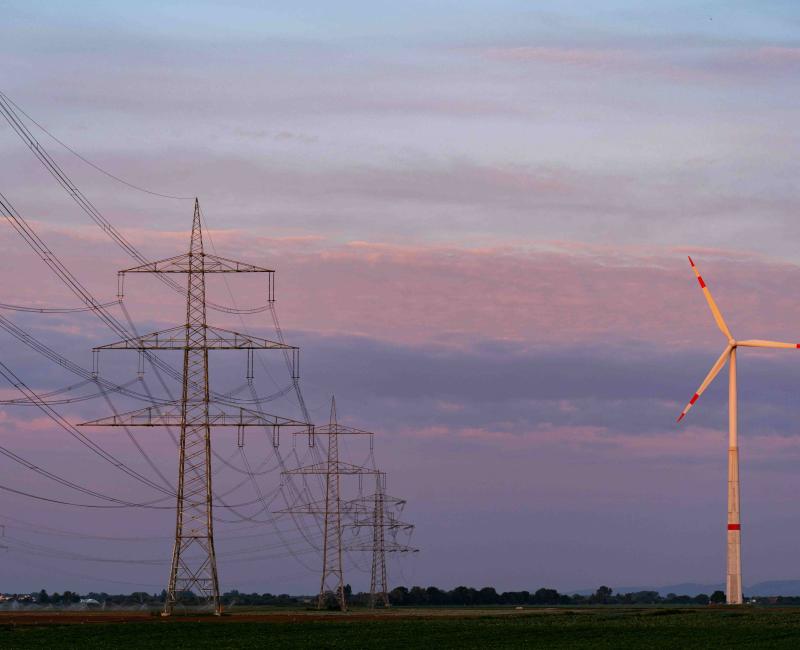ACER calls for greater consistency in European electricity network plans
What is it about?
As the EU accelerates its transition to renewable energy, electricity networks must keep pace with rising demand, decentralised generation and growing cross-border flows. Strategic grid investments play an important role in supporting this transition and ensuring a reliable and efficient energy system.
To help advance these goals, ACER publishes today its Opinion on the alignment between national and EU-level electricity network development plans, identifying areas where greater consistency is needed to ensure grid planning keeps up with Europe’s evolving energy objectives.
What are electricity network plans?
To guide future grid investments, transmission system operators (TSOs) in each Member State regularly prepare national Network Development Plans (NDPs). At the European level, the European Network of Transmission System Operators for Electricity (ENTSO-E) publishes the Ten-Year Network Development Plan (EU TYNDP), which addresses cross-border infrastructure needs.
Every two years, ACER evaluates how well these national and European plans align and identifies areas for improvement. Enhancing this consistency is key for timely, efficient and future-proof grid development, which supports broader EU efforts, including the upcoming European Grids Package, aimed at modernising electricity infrastructure and enabling a more integrated energy system.
What trends has ACER identified?
In its latest Opinion, ACER highlights:
- Improved alignment in electricity network planning: Member States contributed to this progress by strengthening the role of national regulators, expanding public consultations, better synchronising the timing of their national plans with the EU TYNDP, and adopting scenarios similar to those in the EU plan.
- Remaining inconsistencies: Despite these improvements, significant differences remain between national and European planning efforts. These include misaligned planning cycles, TYNDP projects not reflected in corresponding national plans, and limited data transparency, all of which may hinder efficient and coordinated grid development.
What does ACER recommend?
To further improve consistency, ACER suggests that entities responsible for NDPs:
- Align national and EU planning cycles on a two-year basis.
- Improve coordination between transmission and distribution system operators.
- Strengthen the role of national regulators by granting them formal approval rights over draft NDPs.
- Consult publicly on early versions of NDPs and conduct more targeted consultations on planning scenarios and cost-benefit analyses.
- Increase transparency around project investment costs.
- Include projects not managed by TSOs in the planning process, while ensuring proper national regulatory oversight.
What are the next steps?
ACER encourages relevant entities to consider these recommendations when preparing future electricity network development plans.
ACER will continue working with Member States, ENTSO-E and the European Commission to promote more coherent and effective grid planning across the EU.

